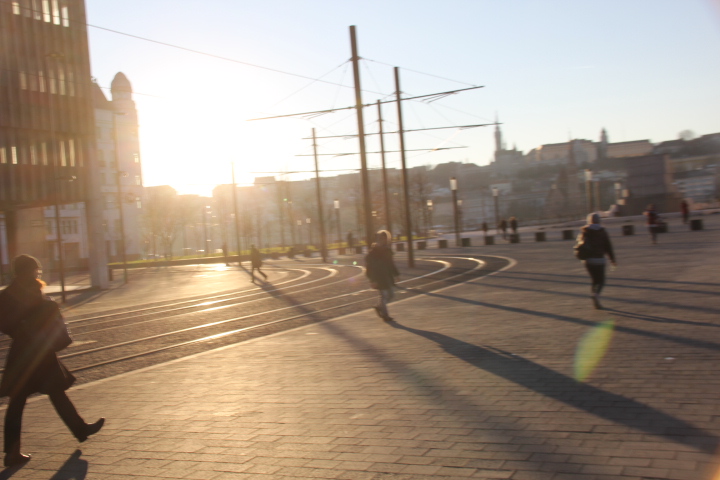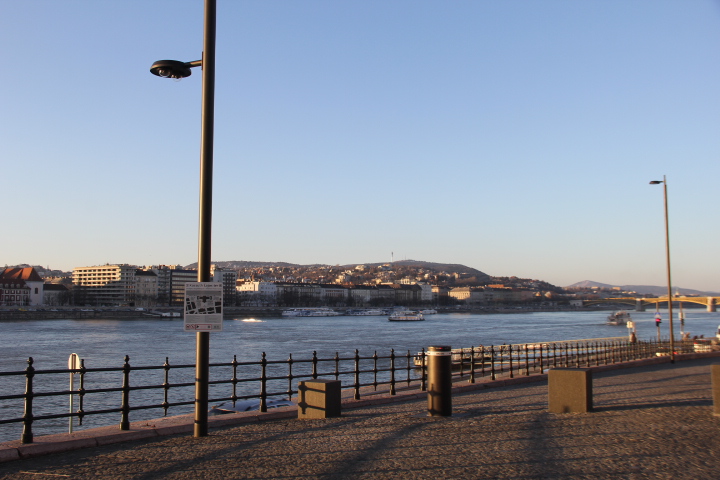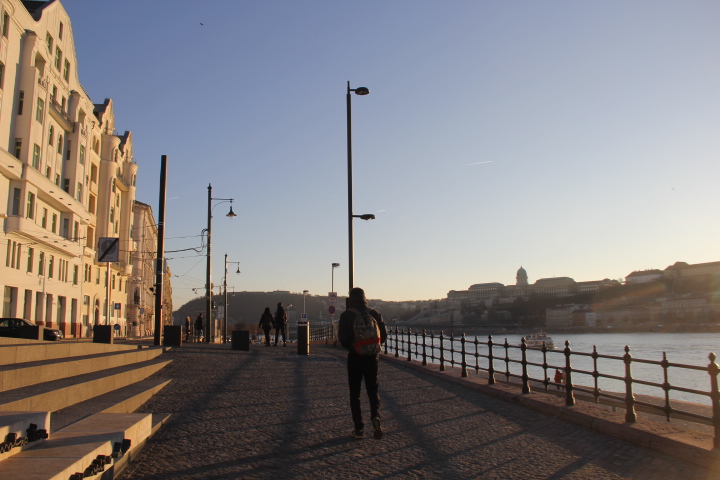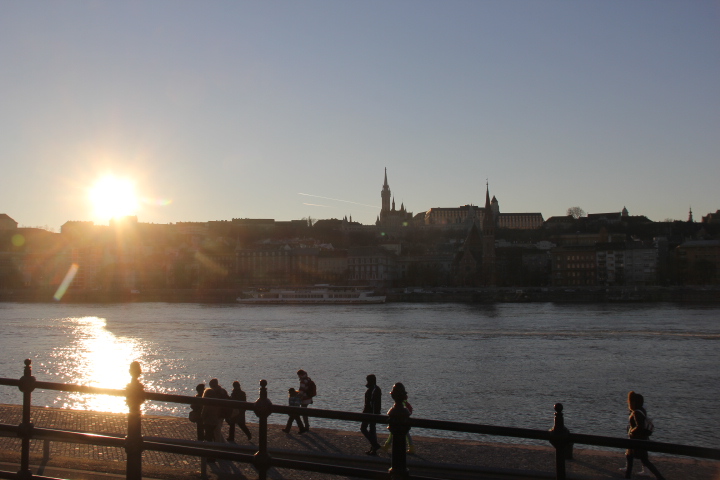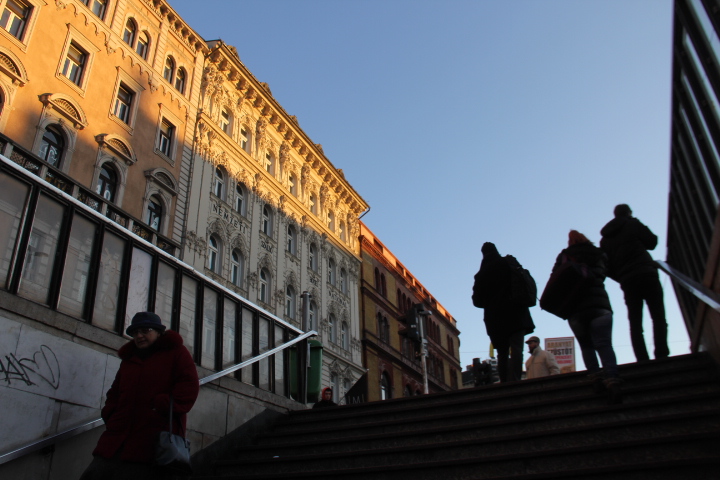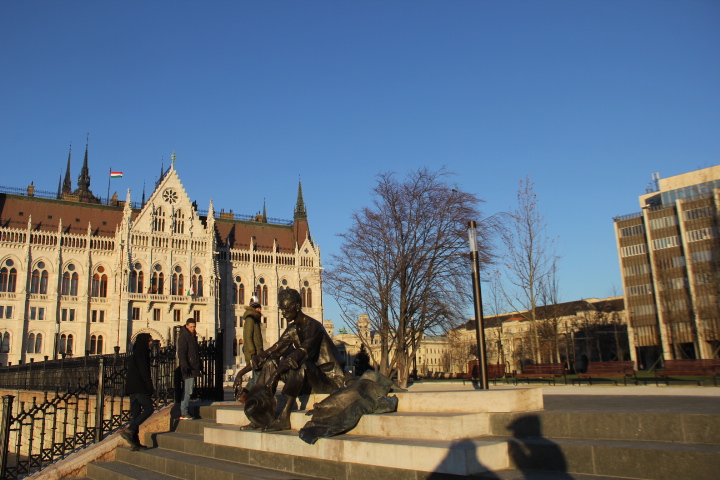
Budapest: A Beautiful City but Some Question Marks on Remembrance of Fascist Era
The Jobbik party which is part of the Hungarian government and criticized for its anti-Roma and anti-Semitic stand, placed a statue of Horthy in a private yard right in front of Szabadság tér.
An article in The Jewish Daily Forward from February 5, 2015, reported that a new Holocaust museum in Budapest, the House of Fates, recounts the history of the prosecution of Hungarian Jews starting in 1944 while glaringly omitting the fact that the prosecution of Jews started much earlier under the Horthy regime. Despite the fact that by 1944, the “ghettoization and deportation of over 500,000 Hungarian Jews was already complete,” the museum does not bother to mention these details and the fate of a half of million victims.
According to Judit Molnar, a Hungarian scholar of the Holocaust cited in the article, the museum lays the blame for the crimes of the Holocaust on the German occupying forces while ignoring the killings committed by the Hungarian Nazi Party, Arrow Cross and actions of the Horthy dictatorship. Anti-Jewish laws were passed as early as the 1920s.
In January 2015, I visited Budapest where I was generously given a tour of the city by a friend who is a social activist in the city. I must first clarify that Budapest is a magnificent city with stunning beauty, that residents were extremely nice and hospitable, and that contrary to negative stereotyping of the Western media and to President Obama’s questionable claim that a crack-down on civil society is rampant in Hungary, I was told by activists that people frequently and freely protest against the government and that Obama’s claims were outright ridiculous, even though they may be critical of many measures taken by President Orban.
However, there were some signs indicating that Horthy has been going a rehabilitation and that the history of Hungary’s anti-Jewish prosecution is being intentionally neglected.
Rather than seeking to analyze or interpret modern day or past events, which I am unqualified to do, I will post below pictures from my visit and allow others more knowledgable than me to draw their own conclusions.
Just for some basic background: Hungarian President Orban has been strongly criticized by many in the EU for praising the virtues of illiberalism and for allegedly cracking down on foreign NGOs in the country. He has aligned his country more closely with Russia and has spoken out against NATO expansion and EU austerity policies. His coalition partner, the Jobbik Party, held anti-Roma demonstrations and engaged in hate speech against them (“Gypsy crime”). Orban denounced anti-Semitism and freedom of speech is still prevalent in the country contrary to US claims. However, it appears that under his watch former dictator Horthy has been undergoing some form of rehabilitation.
Captions below pictures.
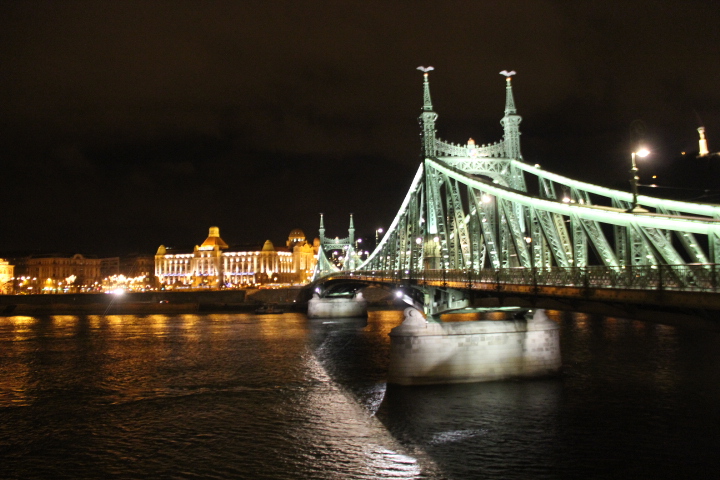
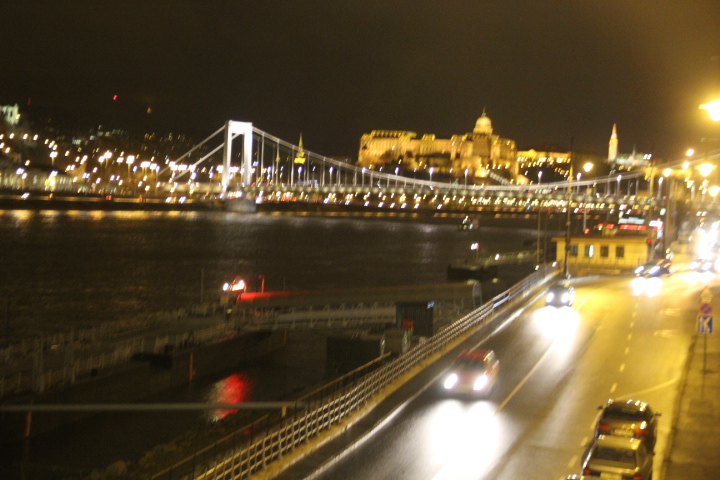
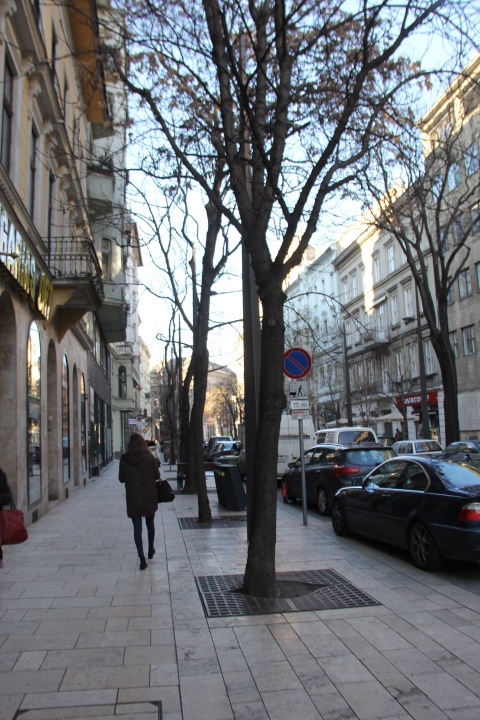
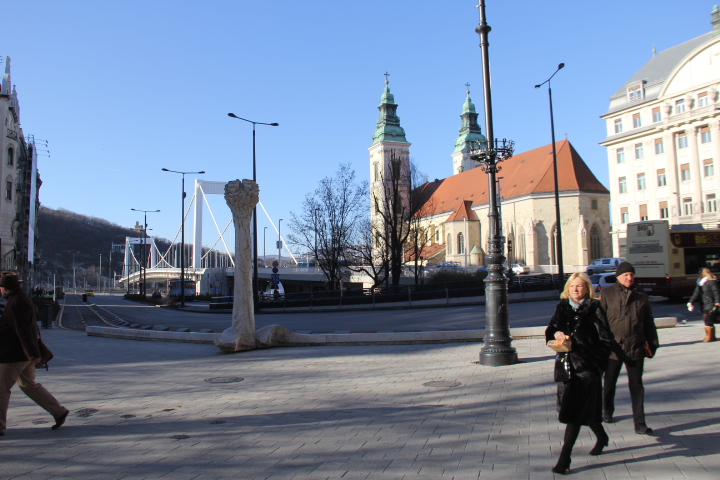
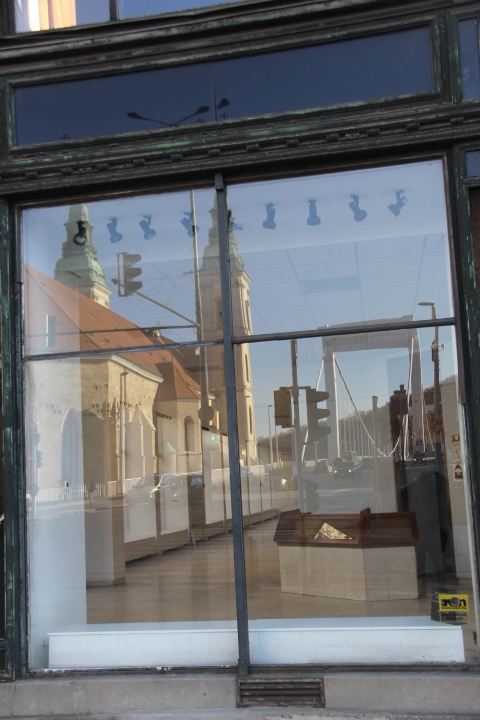
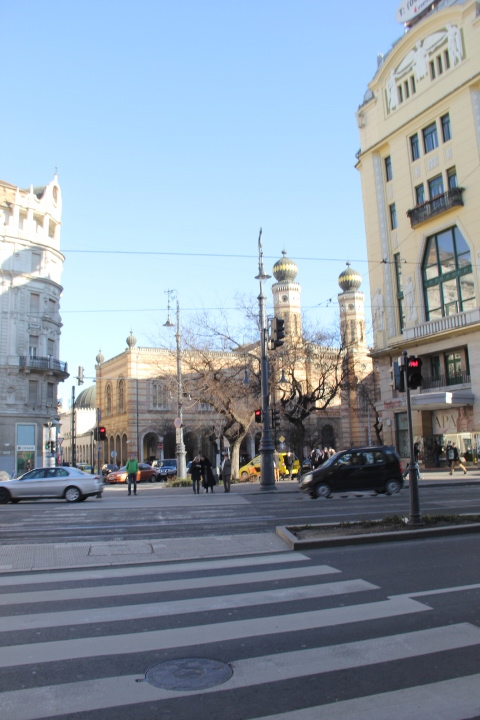
The Dohány Street Synagogue depicts Moorish as well as Muslim influences. Jews were segregated in the area during World War II and many who fell ill were buried in the back yard.
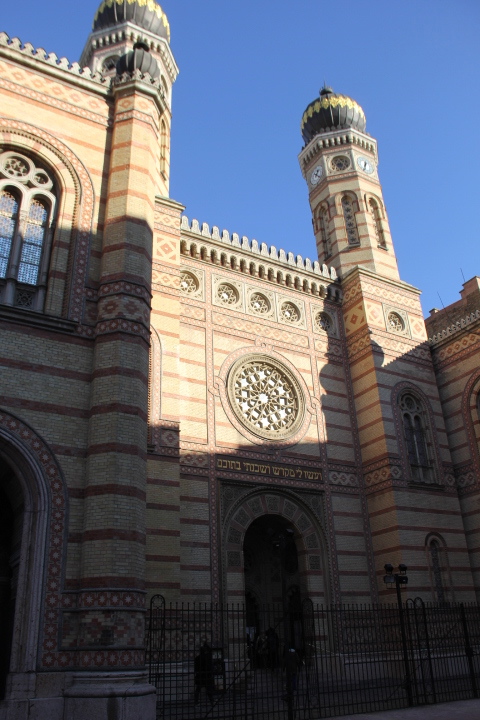
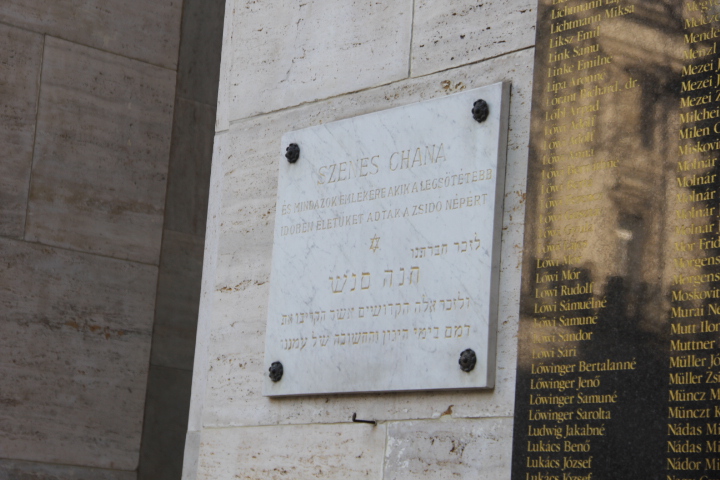
The tombs in the garden in the Synagogue of those who perished during the war while confined to the premises.
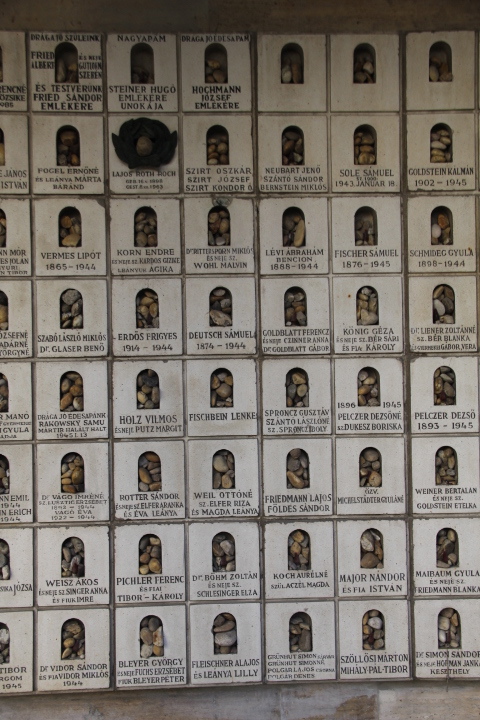
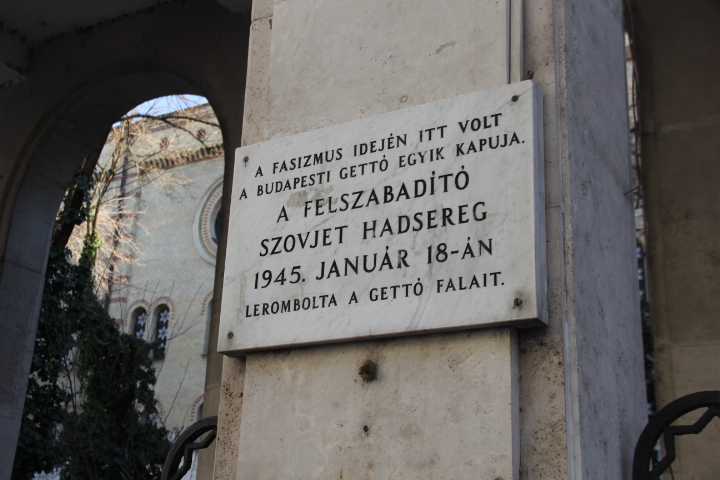
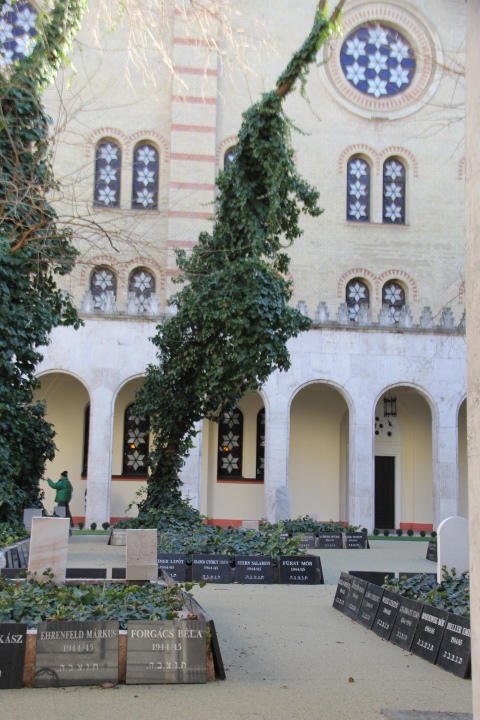
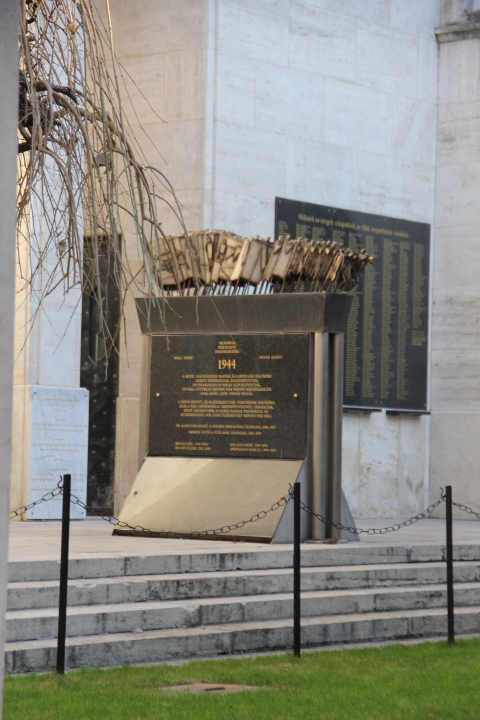
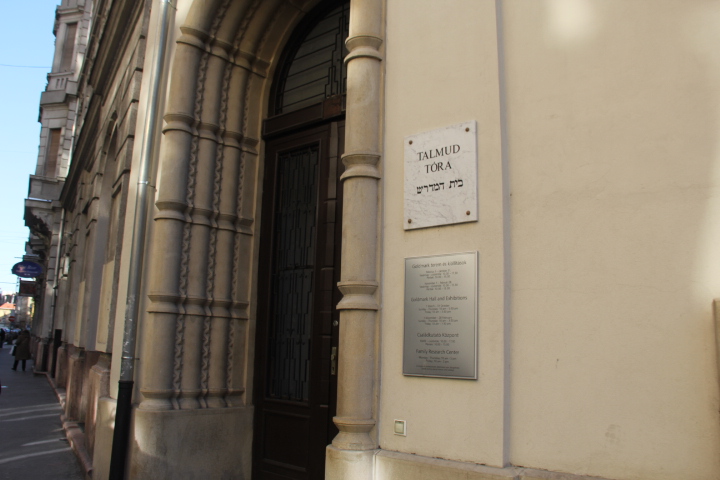

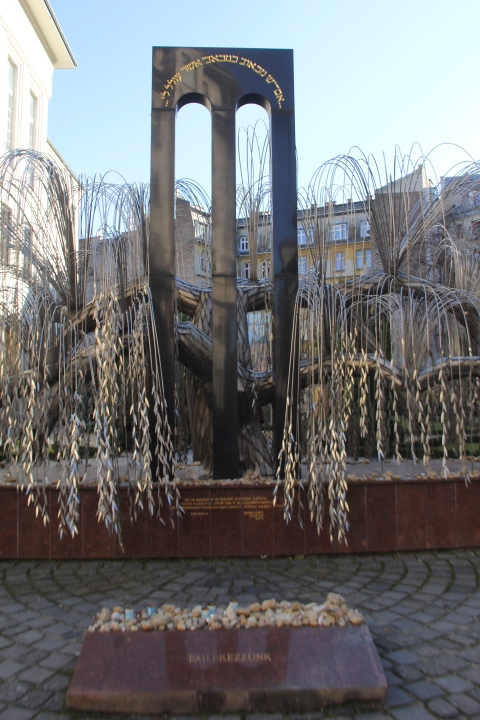
A Holocaust memorial in the backyard of the Synagogue
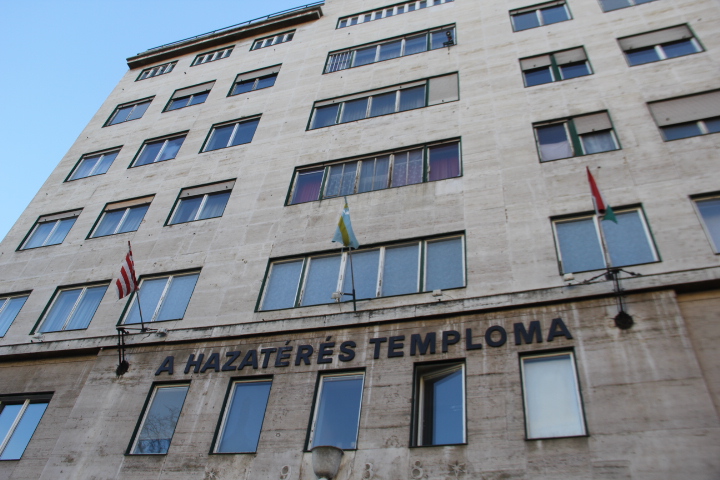
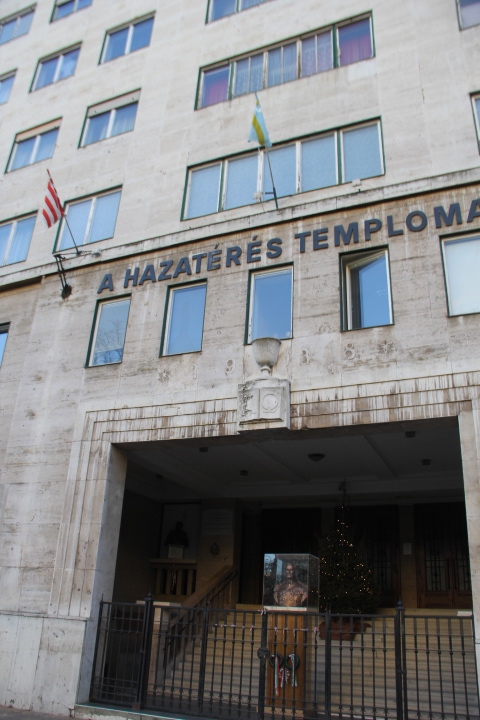
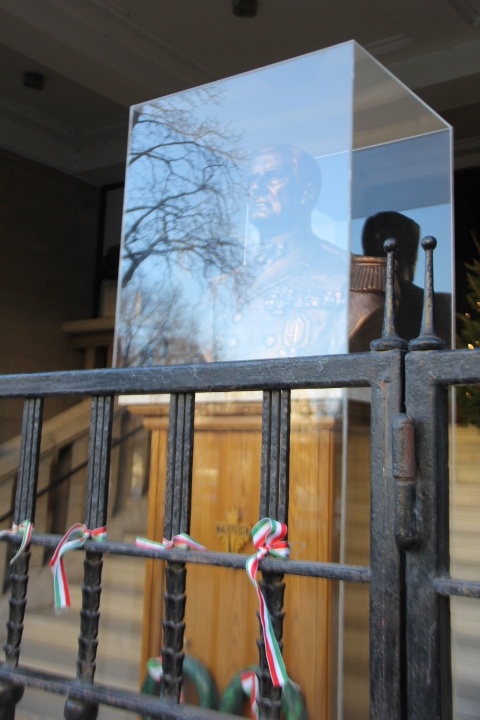
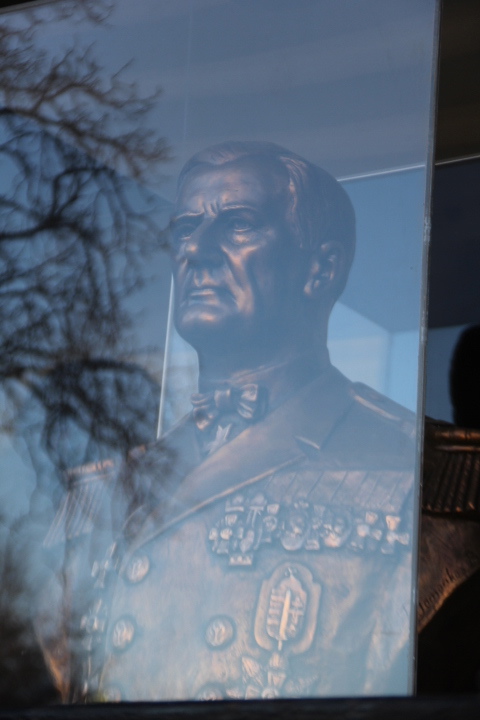

The Jobbik party which is part of the Hungarian government and criticized for its anti-Roma and anti-Semitic stand, placed a statue of Horthy in a private yard right in front of Szabadság tér (Liberty Square). A Hungarian cross, esteemed by ultra-nationalists was placed in a public area in front of it.
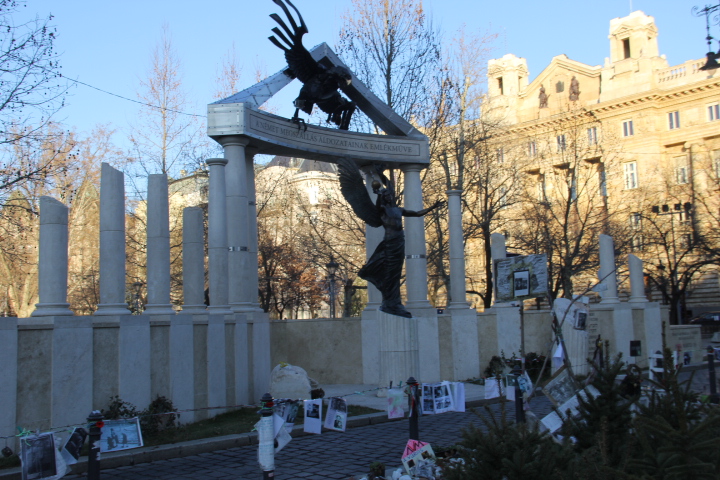
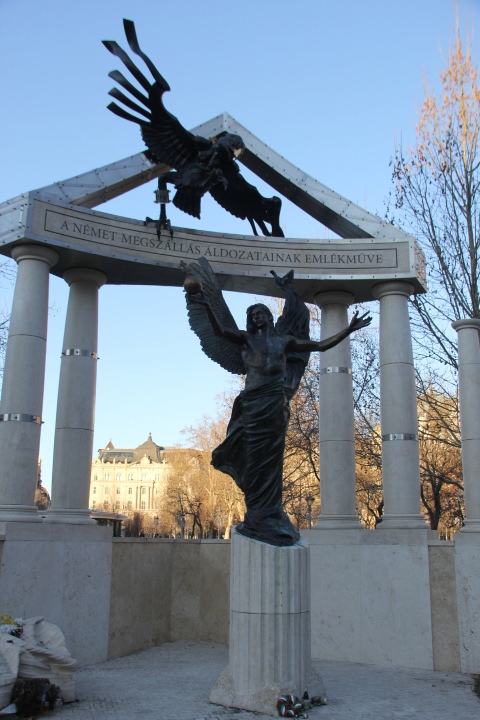


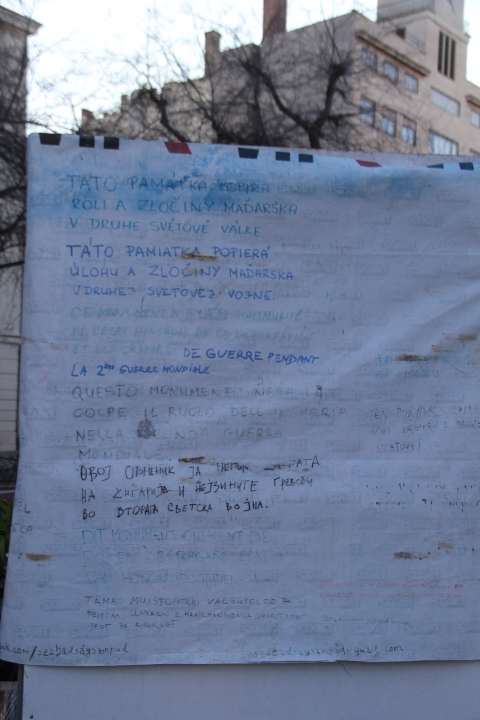
A new memorial in Szabadság tér (Liberty Square) marking the German occupation of 1944 which drew popular protests against it. Protesters took issue with the fact that it marks the German occupation by depicting a Nazi eagle harassing an innocent Hungary while failing to mention Jewish victims of the Horthy regime prior to the German occupation and the fact that the Horthy regime was itself fascist therefore placing in question the notion of an innocent Hungary. Pictures of victims prior to 1944 were placed by protesters.
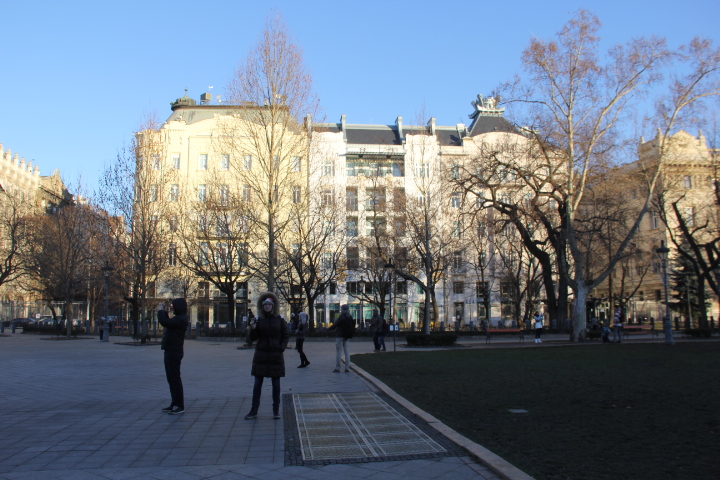
US Embassy in Szabadság tér (Liberty Square)
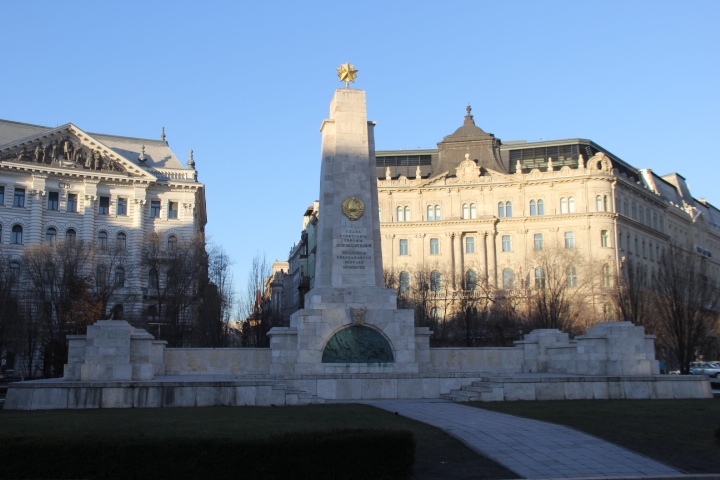
Memorial for the Red Army that liberated Budapest in Liberty Square
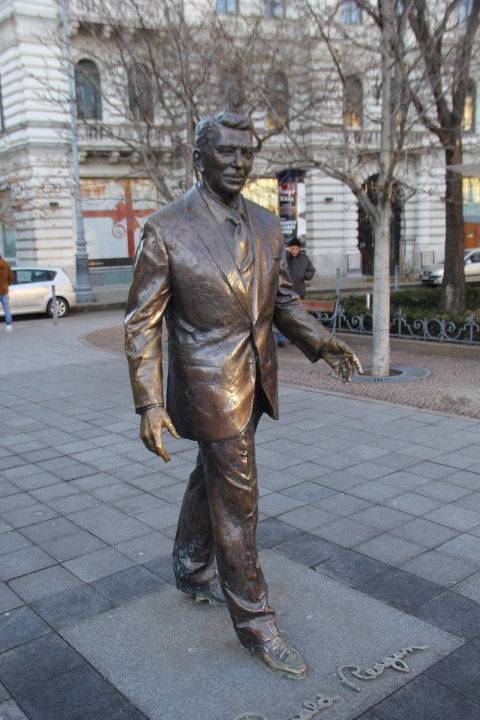
Ronald Reagan statue in Szabadság tér (Liberty Square)

The Hungarian Parliament

I was told that the plaza around the parliament building has been cleared by the orders of President Orban, precisely resembling the way it was during the dictatorship of Hungarian fascist leader Horthy.
The Horthy government that prohibited marriages between Jews and non-Jews, is now being seen by some as a figure of national pride due to his unification of Hungary.
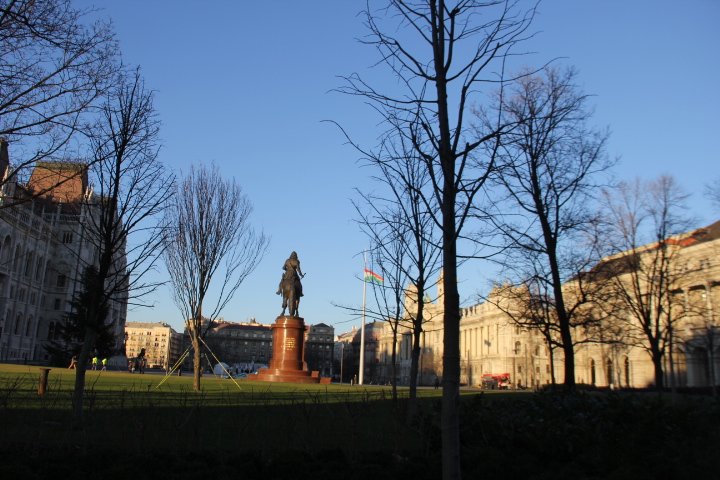
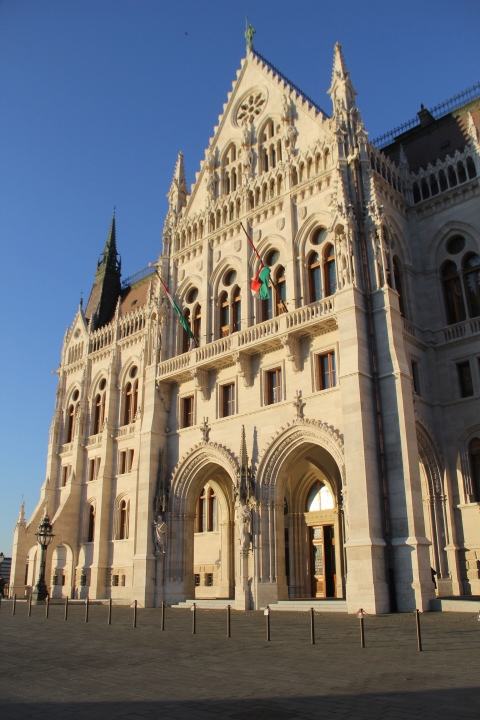
The Hungarian Parliament. Note the absence of an EU flag.
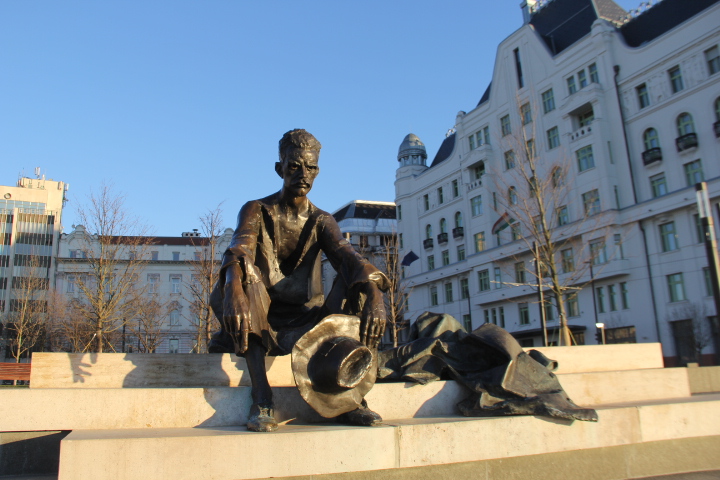
Sculpture of widely popular Hungarian poet Attila József
